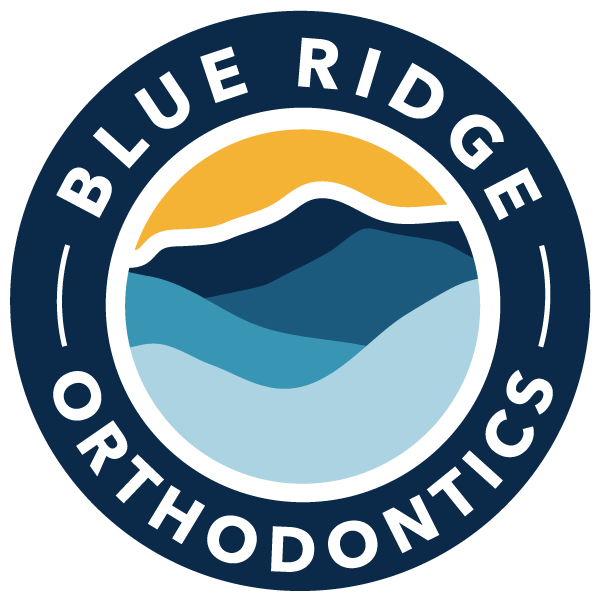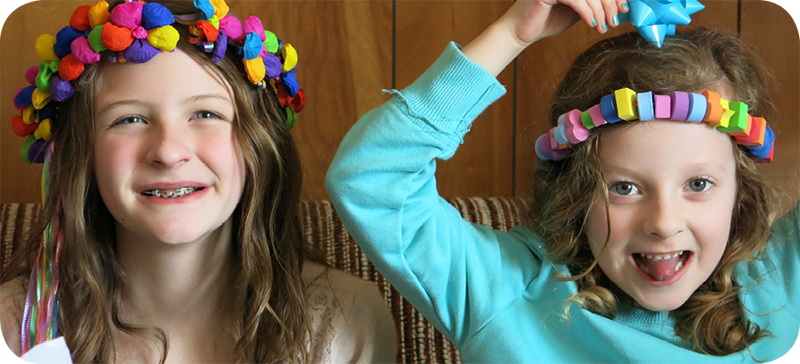If ignored, dental issues can have a significant impact on your child’s overall well-being. That being said, it’s not always clear when you should take your child to see an orthodontist. Often, parents are referred by their family dentist. While this works well, proactive parents in Asheville may find this information valuable.
What Does the American Association of Orthodontists Recommend?
The American Association of Orthodontists recommends that children see an orthodontist as early as age seven, soon after your child has started losing his or her baby teeth. This allows the orthodontist to evaluate your child’s smile and determine whether orthodontic treatment is needed.
Here at BRO, we begin observing children’s dental health as young as age 3, see many children at age 6, and typically begin treatment around age 11. The majority of our patients are kids – but we treat all ages: children, teens, adults and seniors. We recognize that every patient has unique needs — and we’re committed to providing personalized attention and care to all ages.
What Does Orthodontic Treatment for My Child Entail?
Early treatment (also known as Phase 1) can begin as early as age six. The goal of early treatment is to correct jaw growth and certain bite problems. Another important aspect of Phase One also helps the jaw to make room for permanent teeth to come in properly, reducing the chance that extractions will be needed in the future.
Many kids under 11 years old are not ready for treatment, but catching certain issues earlier can avoid more extensive and costly treatment later. You don’t have to wait for a referral from your dentist. And there is no charge for follow-up observations until your child is ready for treatment!
Phase 2 begins at age 11 or older – when most or all of the permanent teeth are in, but before the jaw bones have hardened and stopped growing.
At Blue Ridge Orthodontics, we offer free new patient consultations. Just call our office at 828-585-6045 or complete our online form to schedule today. We’ll take x-rays or photos, and then you’ll meet with one of our doctors to discuss your child’s smile at no cost.
What Are the Benefits of Early Orthodontic Treatment?
There are several real benefits to seeking early orthodontic treatment. If you had braces when you were younger, you likely got them during your teen years. This is one reason why many parents may question the need for orthodontic intervention at younger ages.
The field of orthodontics has advanced significantly in recent years. In many cases, early orthodontic treatment can significantly benefit a child’s jaw development and prevent more extensive or costly treatment later on. Phases of early orthodontic intervention can be broken down as follows:

